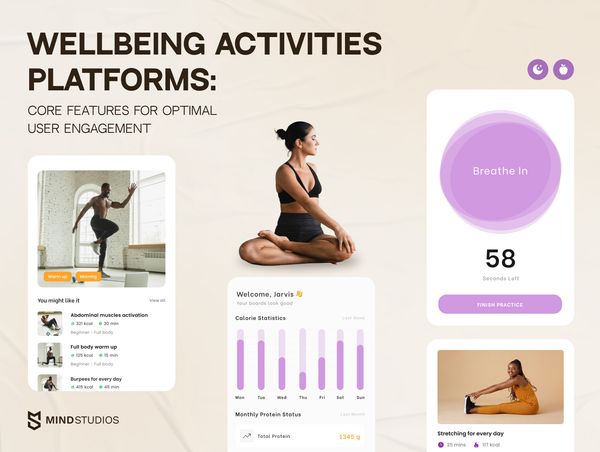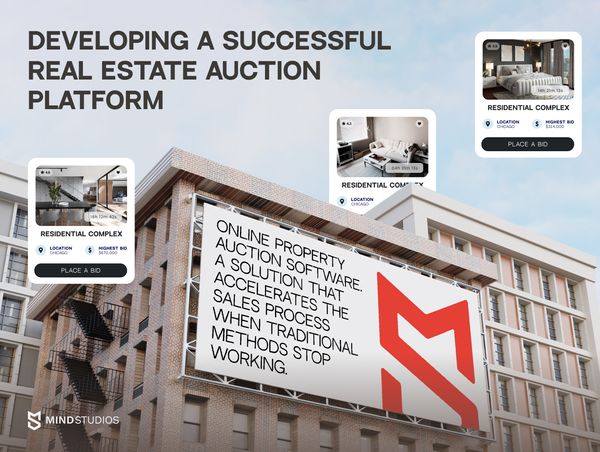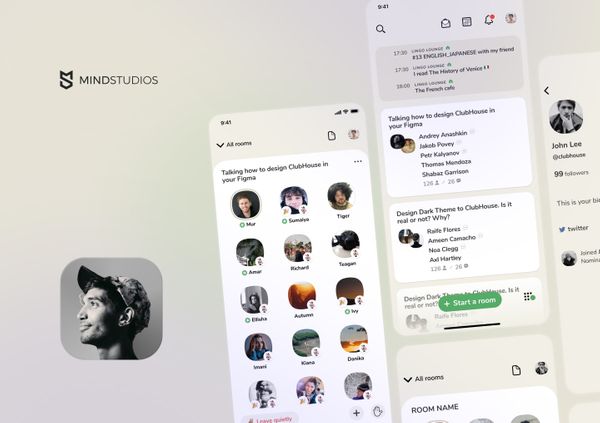
With its almost 10 million monthly downloads, expansion from 9 to 90 people, and a top-ranking position on the App Store, Clubhouse was all the rage in 2020 and 2021. Now, you rarely hear anyone buzzing about it, which makes entrepreneurs wonder: is it still worth investing in Clubhouse-like app development?
In this article, we dissect the audio-based social networking trend and discuss the expediency of building an app like Clubhouse or scaling up the existing app with an audio chat feature. But most importantly, as experts in mobile app development, the Mind Studios team breaks down the mistakes to avoid if you don’t want your app to go through a downfall Clubhouse has experienced.
What’s Clubhouse?
In a nutshell, Clubhouse started off in 2020 as an invite-only blend of podcasts, Twitter, and phone calls you could listen in on without legal repercussions. In the pandemic era when people were starved for live human interaction, the acclaim Clubhouse received was of little surprise.
How does it work?
Clubhouse is a fast-follower audio social network. Having registered with Clubhouse, users can choose topics they’re interested in and jump into dedicated rooms to listen to people talk about those topics. It’s possible to join the conversation as a speaker if the room owner allows it.
Basically, Clubhouse is like an audio Twitter with restricted commenting — some Twitter users choose to allow anyone to comment on their tweets and others decide to filter conversation participants and set tweets to read-only for outsiders.
Clubhouse also has certain similarities to Discord in that it uses separate rooms and was primarily developed for audio communication. Discord also has text chats, but it’s a bit more complicated to navigate than Clubhouse.
When Clubhouse became a hit, it was still in beta, available only to iOS users and working as an invite-only app. And that’s one of the things it was criticized for. Even though getting an invite was relatively easy, Android users still were missing out for months. Clubhouse launched the Android version only in July 2021 — and by that point, the app has already gone through a significant decline in popularity. Especially, since at that point Twitter Spaces were available to users with any device.
As of 2022, many popular platforms, such as Facebook and LinkedIn, have caught up with the audio trend and introduced an audio feature on their platforms. However, with it being a trendsetter, Clubhouse’s phenomenon is still worth exploring.
Why did Clubhouse get so popular?
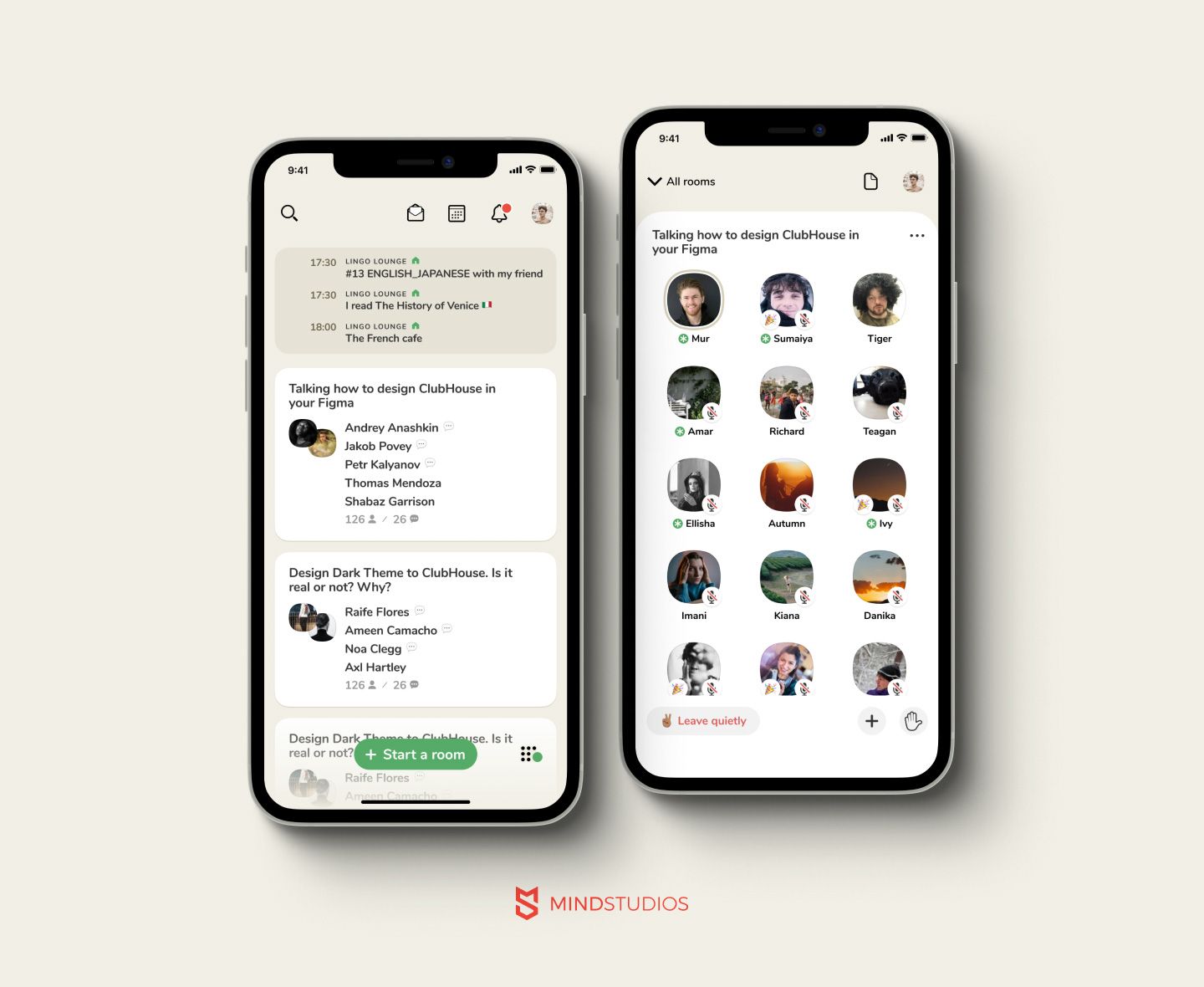
We can detect three main reasons for the sudden rise of Clubhouse:
- Clubhouse was the only app of its kind at the time, and the novelty pulls users in like moths to a flame.
- Clubhouse had a great start thanks to celebrities and tech innovators who were the first to get and use invites — a smart move for any social network.
- Clubhouse owners have caught the right moment to launch an audio-based social network app.
When the app launched in May 2020, the global pandemic was making people all over the world feel disconnected, lonely, and hungry for live interaction. Reading messages and posts on other social networks only made them more anxious. Video calls, while at first a way to communicate with colleagues, friends, and family, grew into something called “Zoom fatigue” in a few months.
And here’s Clubhouse, a podcast but not a podcast, an audio Twitter that’s not exactly Twitter, and a place where a regular person could interact with anyone, be it their hilarious neighbor or Elon Musk. Besides, it’s the new shiny thing and it’s being promoted by a selection of tech innovators, business geniuses, and celebrities. What’s there to not become popular?
Here’s how Clubhouse presented itself at the time: “The intonation, inflection, and emotion conveyed through voice allow you to pick up on nuance and form uniquely human connections with others. You can still challenge each other and have tough conversations — but with voice, there is often an ability to build more empathy.”
Now that we’ve covered the social aspects of Clubhouse’s success, let’s take a look at the app from the tech perspective. Even though Clubhouse has had a number of bugs and screwups, we still have to acknowledge quite a few tech advantages that contributed to the app’s popularity. These include:
- Audio communication relieved the users from so-called video fatigue while still satisfying the craving for human connection.
- Simple user interface and easy navigation allowed users to switch between rooms and seamlessly join or leave conversations.
- Personal optimization, which means users get a feed adjusted to their interests and tastes, whether it’s conversations about food, sports, cryptocurrencies, or movies. In addition, users can filter the feed by language, change the quality of the audio, and add the events to their calendars.
- Interactivity, which makes Clubhouse different from podcasts. Here, participants can raise their hands if they want to ask the speaker a question. And vice versa, speakers are able to communicate with the audience if they want to.
Monetization: How does Clubhouse make money?

Revenue is a tricky thing when it comes to social networks. In the case of Clubhouse, for now, it’s free and not disclosing its revenue. This might be surprising, but it’s common for social media to focus on growing users for the first years after the launch (even Facebook started this way).
In April 2021, Clubhouse provided content creators with a way to make money through the platform. Basically, users can “tip” the creator they enjoy listening to by making a donation, which is a model similar to Patreon’s. What’s interesting though is that 100% of the money goes to creators, while Patreon charges from 5% to 12% of the earnings. This way, the content creators are more motivated to make high-quality content solely for Clubhouse.
At the same time, Clubhouse monetization choices do not mean you have to make the same ones when building a social audio app of your own, especially if you don’t have a safety net of millions of dollars in capital. The options for making money off of such platforms include:
- Charging a commission fee for the donations made to creators
- Placing advertisements on the platform
- Organizing offline events and selling tickets
- Using a membership model which gives users access to premium content
Clubhouse statistics: revenue & users growth
As we’ve established in the previous section, Clubhouse has been focusing mostly on growing its audience and working out ways to encourage content creators. So, how come it still can get the app going without a well-established monetization model? To figure this out, we have to go back to how the company started.
Clubhouse was released in March 2020 by Paul Davison and Rohan Seth in San Francisco. In two months, it was valued at $100 million due to funding from notable angel investors (individuals who support start-ups at the initial moments).
Here’s a chronological flow of Clubhouse users' growth:
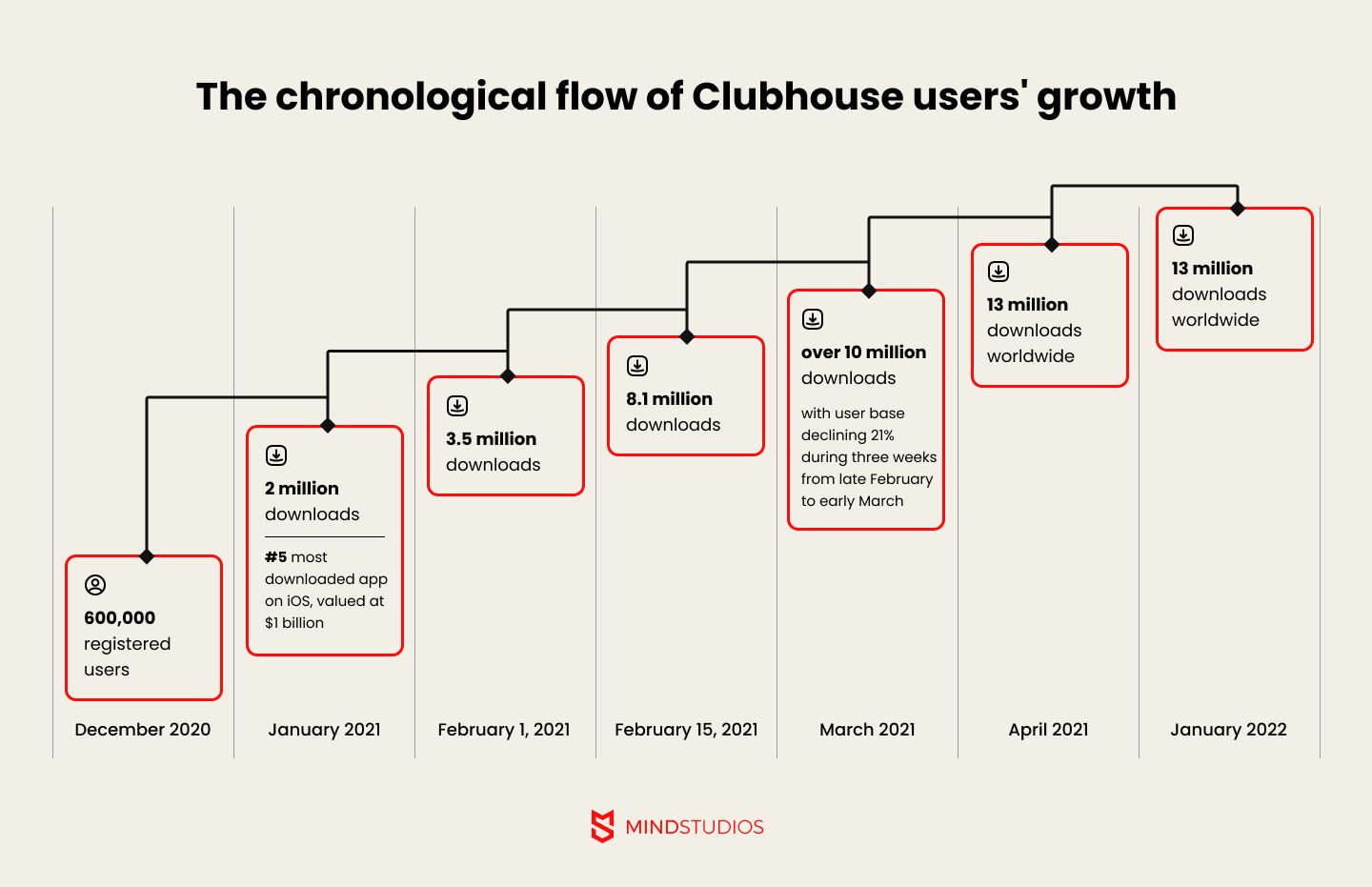
The company is very private about its funding and revenue. For instance, in April 2021, Clubhouse raised a Series C funding round that reportedly valued the company at $4 billion. We say “reportedly” because the information came from individuals who asked not to be named, and the company itself has not revealed the exact amount raised.
What we do know is that as of July 2022, Clubhouse works using funds provided by its investors, though the company is planning to implement monetization via paid events, subscriptions, and connecting creators with brand partners.
One of the reasons why Clubhouse manages to score such investors as Andreessen Horowitz firm is their cooperation with globally known individuals and projects. For instance, among celebrities who’ve made appearances on Clubhouse are Elon Musk, Mark Zuckerberg, Kevin Hart, Ashton Kutcher, Oprah, and dozens more.
The latest news has given a hint that Clubhouse is making some major changes in terms of its strategy. In June 2022, the company laid off multiple employees, while some members of the team also decided to leave the company on their own due to the shift in the app’s focus. This included Clubhouse's decision to move away from such categories as sports, news, and international content.
How to develop an app like Clubhouse in 4 easy steps
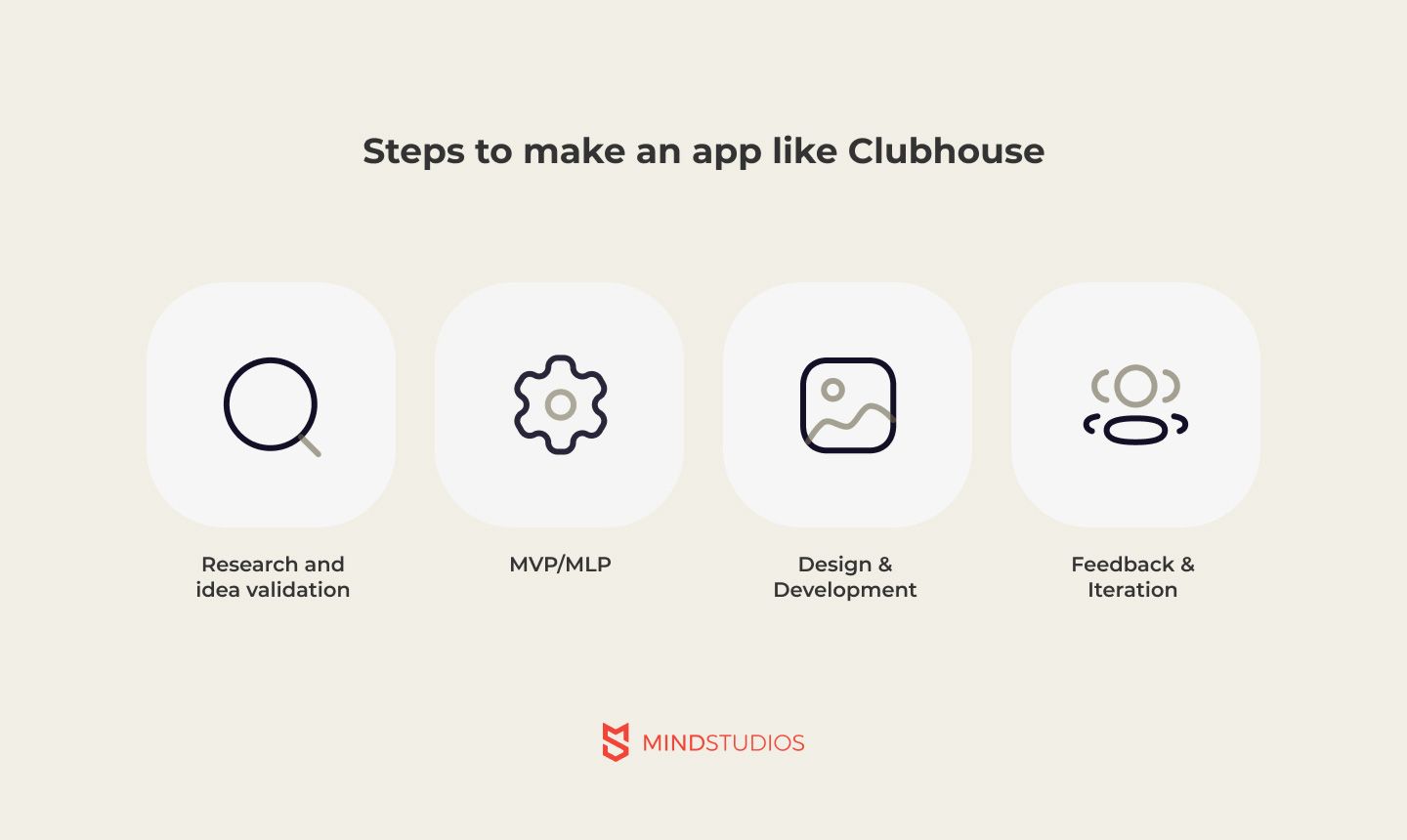
Building an app is no trifling matter so let us walk you through the process you’ll probably face when you decide to make a social audio app like Clubhouse.
Step 1. Research and idea validation
Before pouring in a not insignificant sum of money, anyone — whether a startup owner or an established business person — needs to make sure that their idea will be able to survive on the market.
If you decide to outsource your app development, you’ll get help from the project manager and the team. An experienced PM will assist you in assessing your strong and weak points, finding a unique solution to your target users’ problems, and aligning the future app with your business goals.
You’ll need to research other players on the market — your competitors. Right now, apart from Clubhouse, these include Discord Stage Channels, Leher, and Riffr. Additionally, there are well-established social media platforms like Twitter, Facebook, and Reddit that are not based solely on drop-in audio chats, but have them as one of many features.
Surely, the global pandemic has triggered the audio-chat trend, and many platforms have caught up with it. However, you can still start an app like Clubhouse but with a twist, as long as you choose a proper development partner and invest in the discovery stage.
Step 2. Design and development
The design and development stage is the longest one in app creation. Designs are usually made in stages as well:
- Navigation concept / Low-fidelity prototype
- Medium-fidelity prototype
- High-fidelity prototype
Low-fidelity prototypes can be hand-drawn on paper or a planning board, or they can be digital sketches. The point of a low-fidelity prototype is to establish the basis for user experience design — the relations between screens and which button leads where.
Medium-fidelity prototypes have a basic user interface but are usually black-and-white. Their aim is to make sure that the team and the app owner see the app the same way.
High-fidelity prototypes offer a somewhat finished design. It’s also a fairly popular option to make high-fidelity prototypes in the form of app mock-ups or bots. With the option to click/tap through screens, the developers can offer these prototypes to a test group for appraisal.
At the same time the designers work on prototypes, the project manager will discuss the development with the app owner. One of the important questions to answer will be the platform to develop for.

If you have money to spare, it’s recommended to develop for both iOS and Android simultaneously. However, if you’d like to save, you can start with the platform used most by your target audience and expand later when you’ve started to get revenue and maybe found funding.
Cost-wise, Android and iOS development aren’t very different: iOS development is generally more expensive and takes longer but Android apps take longer to test instead, which evens out the cost.
As of January 2022, Android is more popular worldwide with 69,7% of the mobile OS market. However, the situation by country may be wary: for instance, in the US, the share of iOS devices is 56.65% to Android’s 43.06%.
Step 3. MVP/MLP
The fast-moving industry today makes it a challenge to stay relevant when app development can take up to a year on average. That’s why most development companies will offer you to launch a minimum viable product, or an MVP.
An MVP is a version of your app that has only the core features and is launched with some kind of limits, for example, in a certain geographic area or for a limited number of users. In game development, it’s called beta.
During the pre-development stages, you and the team will discuss which features to include in the MVP.
Clubhouse itself hasn’t started off as a complete product. The Android version of the app was launched only a year after the iOS version was presented. And it took the company even more time to introduce a website that was launched in 2022.
Basically, when Clubhouse became a hot topic, it was an MVP, a version for the first open testing by ordinary users. Another evidence of this was the lack of popular features users expect from social networks these days — text messages, video support, dark mode, etc.
Feature-wise, a Clubhouse-like social media platform seems pretty simple to develop, but don’t be fooled — some of these features are high-end and not the easiest to build.
Features for a Clubhouse-like app MVP development
| Feature | Description |
|---|---|
| Onboarding | A place to quickly get users acquainted with your app’s features. |
| Sign-up/log-in | You can integrate email services or social networks to make signing up easy for users. |
| Interests | Let users select topics they’re interested in (unless you want to develop a mobile app similar to Clubhouse but for a niche topic). | Profile | A place where the user’s information is displayed. While being an MVP, Clubhouse didn’t offer a lot of info — only a name, icon, and optional links to Twitter and Instagram. It might be reasonable to add more. |
| Rooms | Rooms are where all the communication takes place. They can be open for all to listen to or they can be private. Any user can create a room of their own to converse with someone or speak by themselves to an audience. |
| Feed | In Clubhouse, the feed is where users see active rooms from users and topics they’re subscribed to. |
| Calls | An audio chat app needs high-quality audio streaming for multiple users, with moderation and an option to request speaking rights (“raise a hand”). | Topics | To make it possible for users to find interesting rooms, Clubhouse offers a large list of topics. Speakers assign topics when creating rooms and listeners can find rooms by topics. It’s a simple and intuitive system everyone is acquainted with. |
| Moderation | Moderation is vital for any social network, be it text-based or audio-based. There need to be moderation rights for room owners, obviously, but an app admin also needs to be appointed to monitor user reports and ban rooms that engage in hate speech or bullying. |
| Reminders/notifications | If you’re planning to create an audio conversation app like Clubhouse that only has live conversations that aren’t recorded or stored anywhere, you’ll need to build a solid and flexible notification structure. Users who follow speakers or topics will need to be notified that a room is about to be opened. |
| Settings | Settings are essential to make the app customizable. In the settings, users can set a language (if you’re adding several), select a theme, adjust notifications, mute or block users they’d prefer not to interact with, change their followed topics, etc. | Following speakers/topics | To make their feed more tailored to their interests, let users follow not only topics but users as well. |
Clubhouse started off as an invite-only platform, which necessitates additional functionality, so if you’d like to make your drop-in audio chat app exclusive, you’ll also need to add functionality to distribute invites.
You’ll also need an admin panel. The admin panel gives you the opportunity to monitor the app. It should have a dashboard for you or your designated employee to check out any metrics important to your business, keep an eye on the performance reports, and exercise moderation duties.
MVP or MLP?
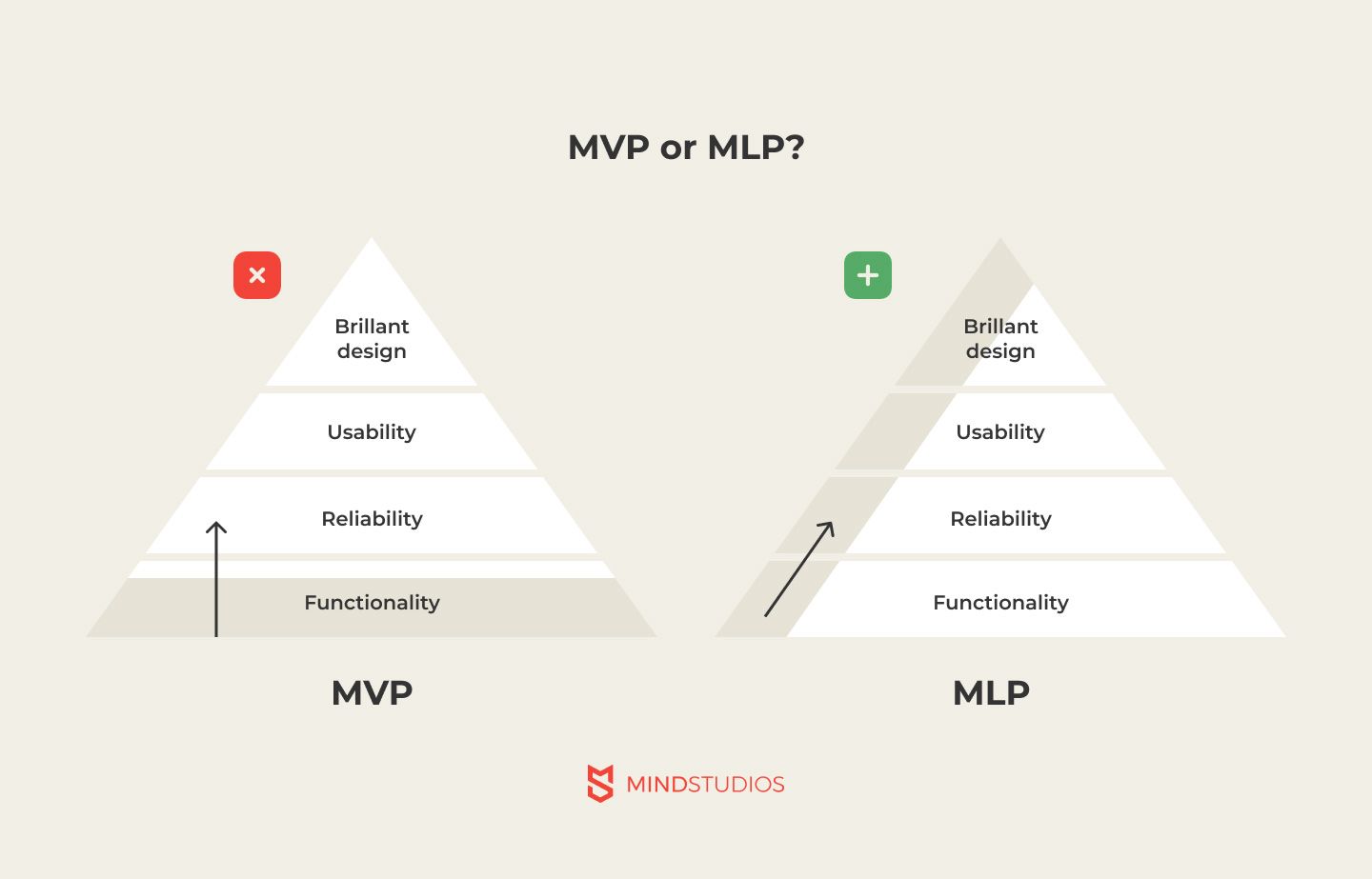
At Mind Studios, we can offer to launch an MLP instead of MVP. An MLP is a minimum lovable product. In a nutshell, it’s a version of a product that has the absolute minimum of features but they’re chosen and built with the intention to catch the users’ emotional response.
On an oversaturated market, it’s vital to be not just noticed but remembered. While MVP is focused on basic functionality and foregoes anything else, MLP is built with core features and unique design. MLPs are made to be intuitive, eye-pleasing, and overall offer a user experience that makes users want to come back to the app and eagerly expect new features and a full launch.
Clubhouse app design is minimalistic, to say the least. It might play in its favor, though — it does stand out for its utter simplicity. But you can consider making your app both highly intuitive and trendy-looking. Experienced UI/UX designers can help you with this.
Step 4. Feedback and iteration
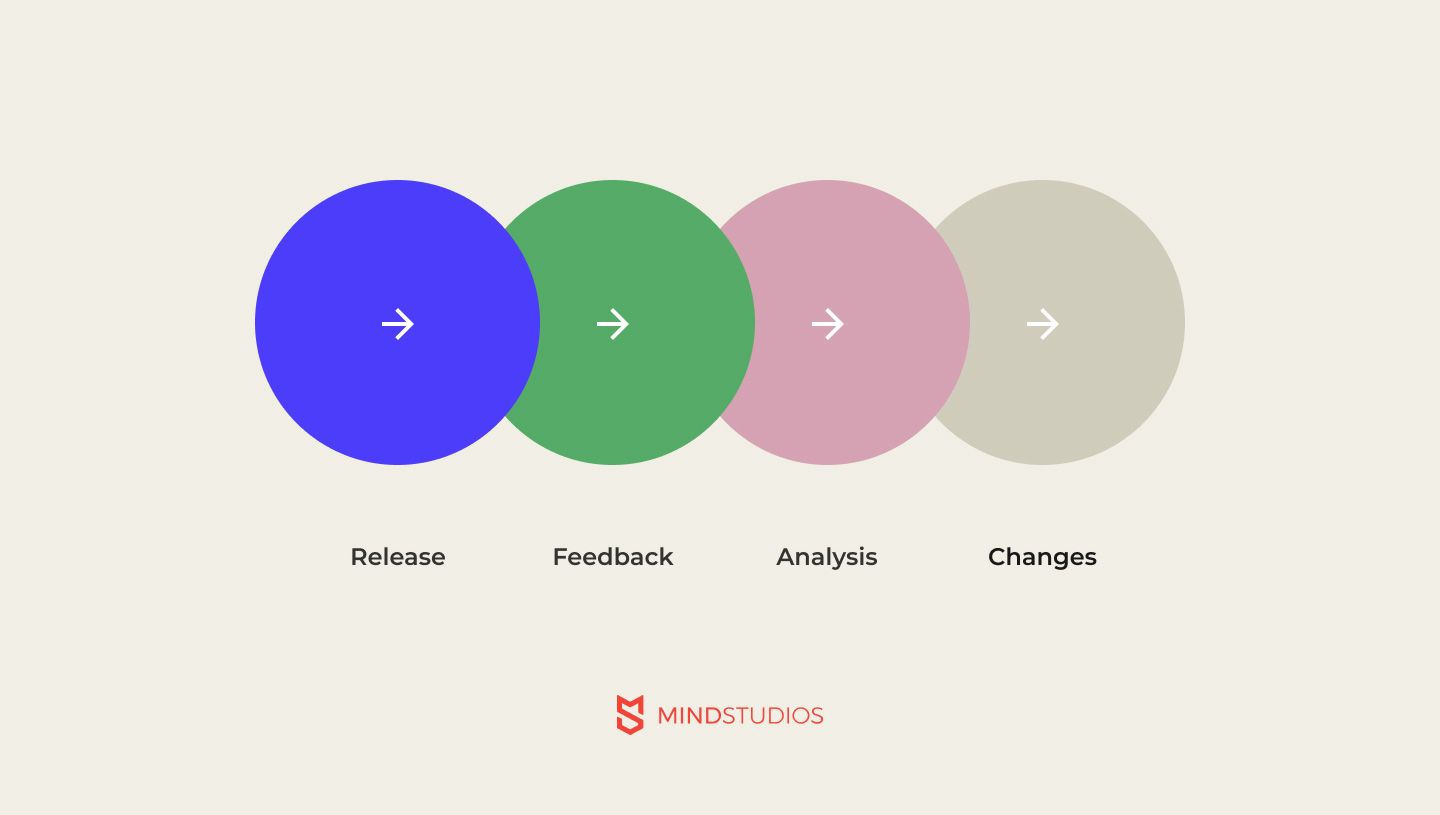
During the first stage, the market research, you and the team will settle on the metrics to follow for assessing the app performance. For an app like Clubhouse, the metrics can be:
- Number of downloads
- Activation rate
- Sticking rate (how regularly users open your app)
- Session length and intervals
- Daily sessions
- Screen flow (great for evaluating user experience)
- Bounce rate
Having launched an MVP or MLP, the next step is to monitor its performance and gather user feedback. This is essential for further development. In particular, user feedback can point out any UX drawbacks and help prioritize features for the next release.
If you’ve launched a marketing campaign for your app at any stage, its results will also contribute to the overall feedback.
After gathering and analyzing performance and feedback, it’s time to go back to Step 2 and make changes for the next iteration of the app. Rinse and repeat.
The technical side of developing a Clubhouse-like app
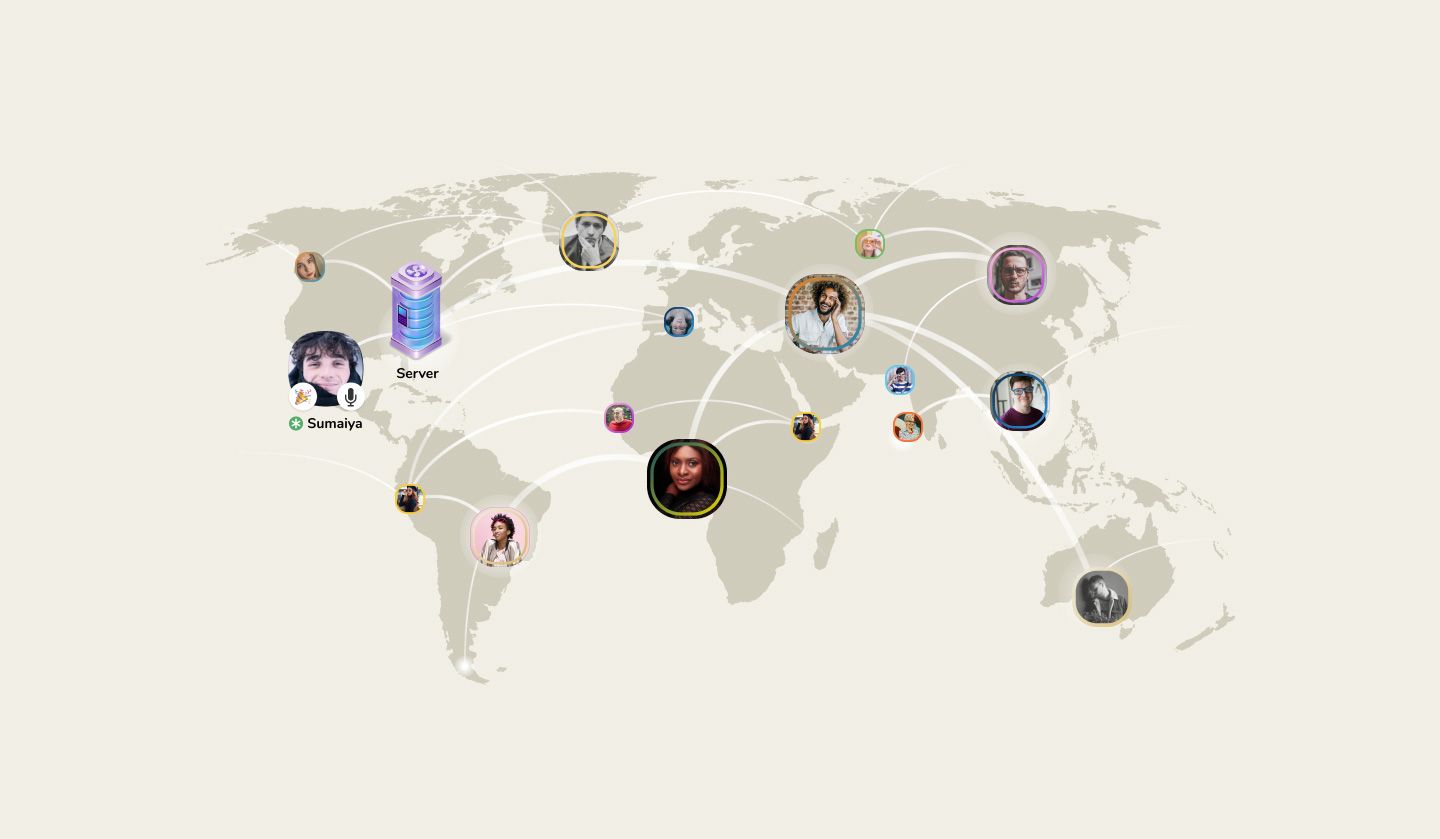
The most important part of developing an audio social network is providing quality audio streaming. In a nutshell, an app like Clubhouse works as follows:
- A user creates a space for communication and sends an audio feed to the server.
- The server serves as a pass-through and a distributor of sorts, sending this audio feed to everyone who's in the room.
Clubhouse officially doesn’t record audio, nor does it store it anywhere, which makes it impossible to listen to a conversation at a later time. This means that if you decide to develop a mobile app similar to Clubhouse, you won’t need powerful servers for storing audio data.
However, you will need solid servers to distribute quality audio to many users — some rooms in Clubhouse gather thousands of listeners. You might consider using a Content Delivery Network (CDN) — a service with numerous servers around the world that can help speed up content delivery by using a server that’s close to a given user. CDNs are widely employed by streaming services like Twitch and Netflix.
As for Clubhouse, rumors have it that the app was built in about a week using an API by the Chinese company Agora. We say “rumors” have it because Clubhouse has never officially confirmed (or denied) the cooperation. However, the rumors have been investigated by the reputable Stanford Internet Observatory and have seemingly proven true.
Agora.io is a service that offers a software development kit for video and audio calls as well as live audio and video streaming, messaging, and analytics. It is, however, a Chinese company, which might not be suitable for everyone, seeing as it has faced some controversy around the topic of Chinese government surveillance.
What makes it even worse is the discovery of Clubhouse unencrypted recordings of the conversations. According to Stanford Internet Observatory who’ve made this discovery, “Agora would likely have access to users’ raw audio, potentially providing access to the Chinese government.”
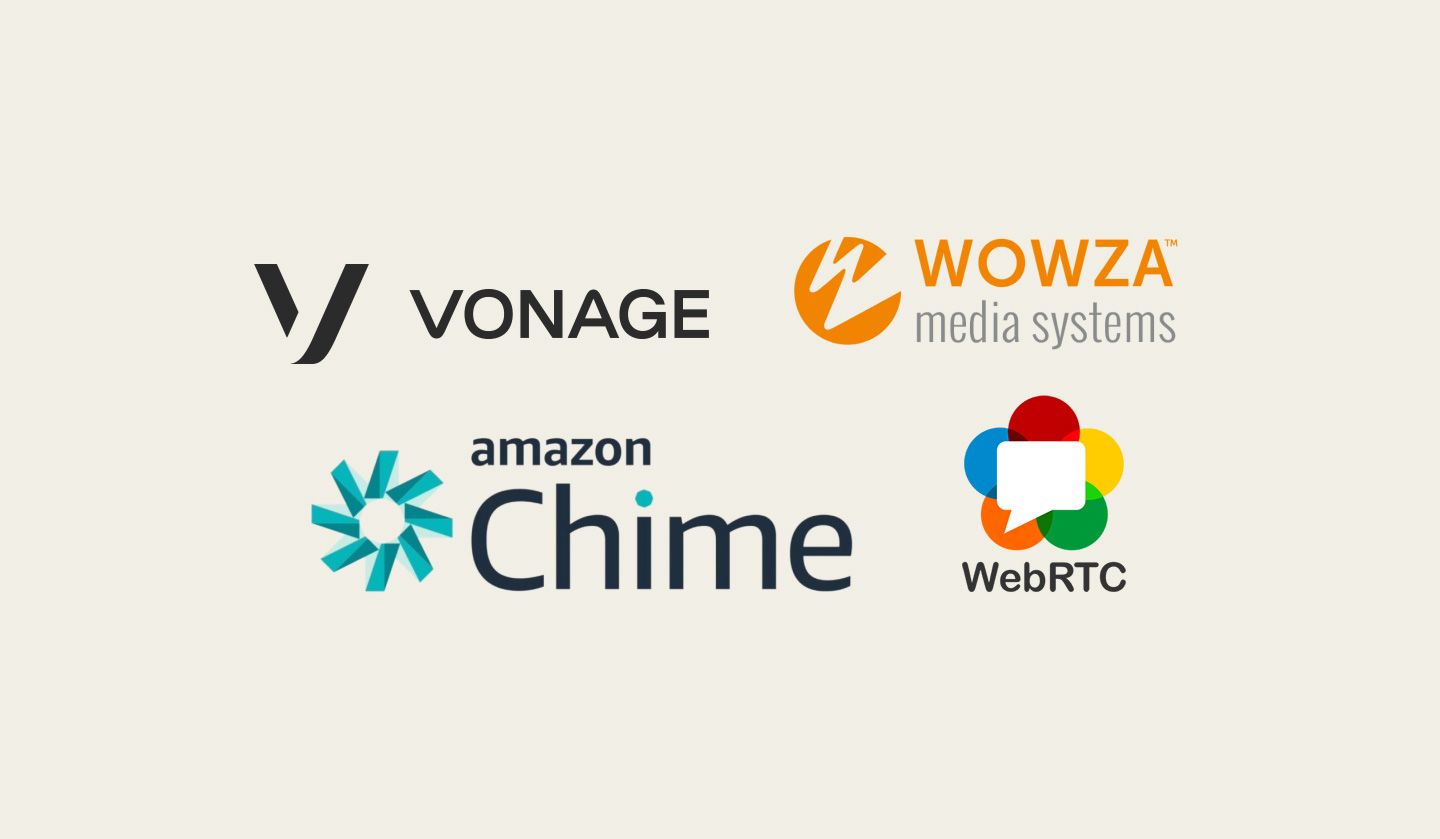
But Agora, of course, isn’t the only option to build a drop-in audio chat app like Clubhouse. Here are some close competitors that offer similar services:
- Vonage (formerly known as OpenTok), a US-based communication API provider
- Wowza, also a US-based company, whose solutions are employed, among others, by Facebook, Vimeo, Periscope, and NBC Universal. Wowza offers a CDN as well as communication APIs.
- Amazon’s proprietary Chime SDK
- If you’re building a web analog to Clubhouse, the most straightforward option is WebRTC (which is actually used for web communication by several of the services mentioned here, including Wowza and Agora itself).
These services all offer high-quality kits for developers to make a drop-in audio chat app. The differences are mostly in code particularities and prices.
Your chosen app development company should suggest the service most suitable for your needs and budget.
How to make your social audio app more successful than Clubhouse
The rapid and somewhat mind-blowing success of Clubhouse might look like a dream for any startup owner. However, it was also followed by a downfall that resulted in a decrease in monthly downloads from 10 million to 900,000 in just a couple of months.
In this section, we reflect on the mistakes that could have been avoided and focus on things our team would have done differently.
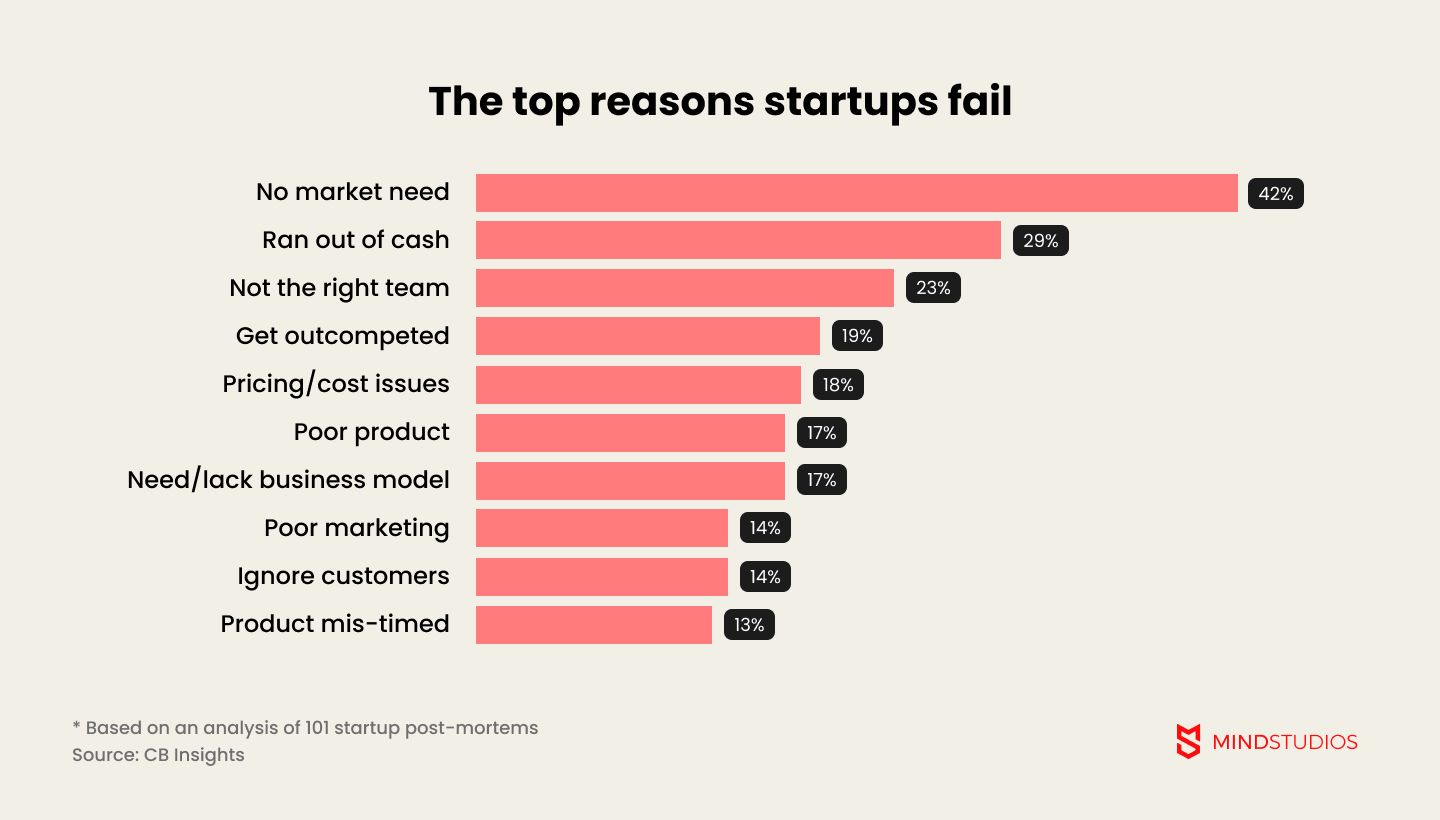
Validating the long-term prospects
According to statistics published on Clutch, the most common reason for startup failure is the absence of market need. No matter how beautifully designed the app you launch is, if it doesn’t fulfill any needs of prospective users, it will probably fail.
To avoid this, the most important thing a company should do is invest in profound research of the market and the audience’s needs. After you get the research results, it might be hard to change the trajectory of your project if you’ve already had a clear vision. But being open-minded might just save you both time and money.
Making it right from the start
Launching an MVP with glitches to fix along the way might be acceptable if you’re building an app that has no analogs on the market. If, however, you are planning to compete with other players, you don’t get a lot of chances to fix your app’s technical flaws. After all, the harsh reality is that 4 out of 5 startups fail due to poor planning and development mistakes.
Failure to quickly respond to user feedback might have been one of the reasons for Clubhouse’s downfall. While the company launched an iOS MVP in March 2020, it hired the Android development team only in February of next year, when the app’s success was roaring.
Moreover, the platform failed to deliver simple features users were asking for on time, like introducing the dark mode and closed captioning. Because of this, by the time Clubhouse presented the features their target audience was requesting, other platforms like Twitter Spaces had already offered them. This is why Mind Studios’ team usually develops an MLP for the first release, launching a version of the app that can make the target audience fall in love with it right away.
Paying extra attention to security
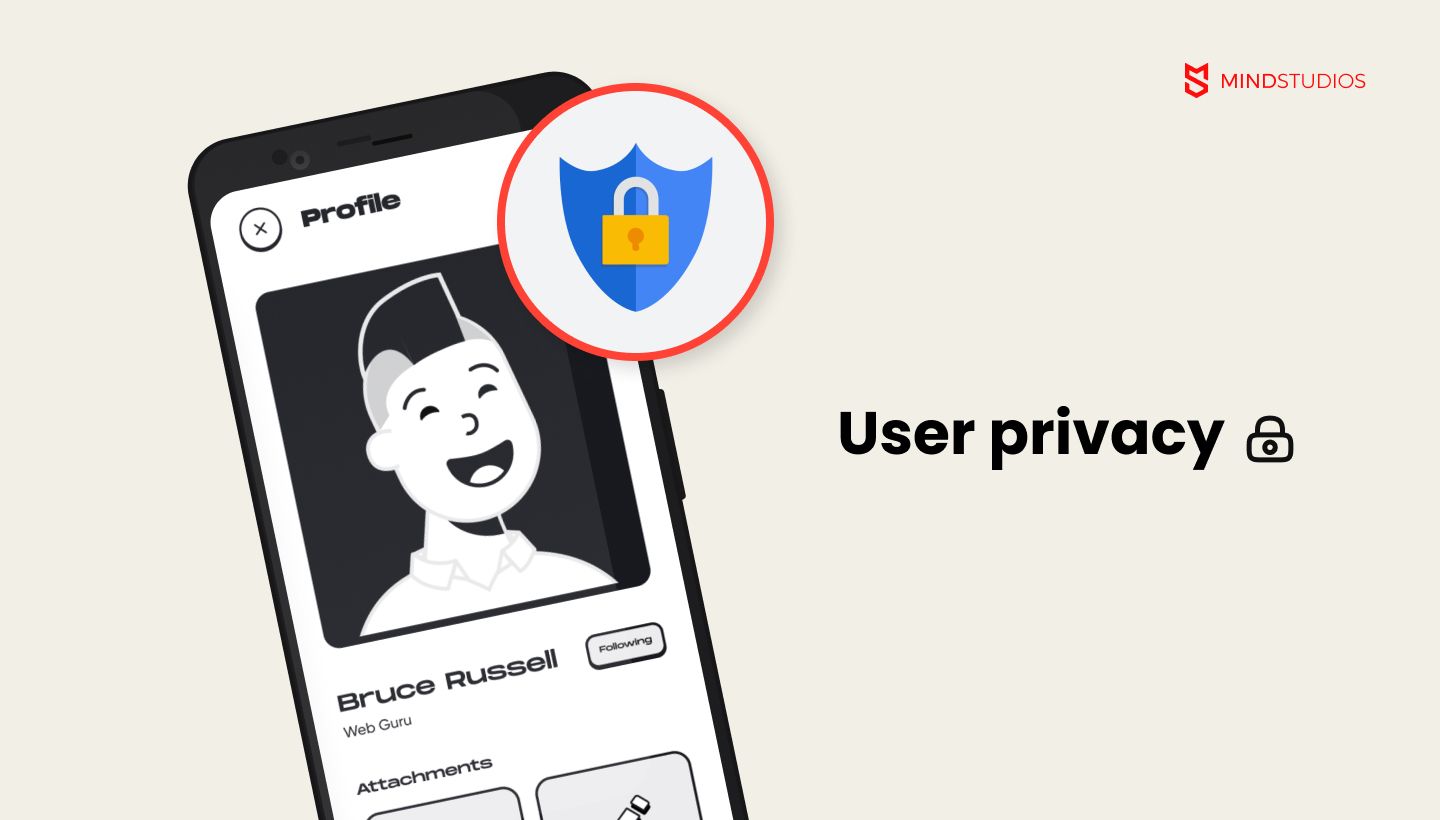
Privacy aspect of apps and websites has become critical for users over the past few years. 79% of internet users around the world feel they have completely lost control over their personal data. At the same time, as of January 2021, 66% of adults from all over the world agreed that tech companies have too much control over their personal data.
Like other social media platforms, Clubhouse has also raised concerns about its security. Not long after the launch, it became known that the platform was temporarily recording the conversations without the users’ consent.
So, while the world is now closely watching every failure social media platforms make in terms of protecting users’ privacy, it makes sense to invest in this aspect of the app. In addition to making your platform trustworthy, this will also help you build stronger relationships with your users.
Incentivizing both creators and users
Apart from the technical side of the app, to develop a voice chat app like Clubhouse and make it compelling means making it provide valuable content. For this, you will have to find ways to incentivize content creators and encourage them to join your app. You can do this by implementing “tips” feature, offering marketing services to the yet not widely famous creators, or sponsoring their offline events.
As for incentivizing the users, the platform can encourage them to interact with the app more actively through contests, giveaways with premium membership or offline tickets being the prize, etc.
Reconsidering the idea of live-only events
This point is not essential but still worth mentioning, in Mind Studios’ team's opinion. One of the reasons Clubhouse and other similar platforms have received criticism is the inability to listen to the events later.
Such an approach contributes to the consequences of FOMO, the fear of missing out. This feeling comes from being anxious about “missing out on information, events, experiences, and even life decisions that could make one's life better”.
You can avoid being associated with this toxic phenomenon by simply allowing users to listen to the events any time they want — even if they can access it for a small fee or with a premium subscription.
Cost to make an app like Clubhouse
To make your own app like Clubhouse, you’ll need a team of specialists. If you’re going for an iOS app to contest Clubhouse itself, here’s who you’ll have to employ:
- 1 project manager
- 1–2 iOS developers
- 1 backend developer
- 1 UI/UX designer
- 1 quality assurance specialist
All things considered, the time to build a drop-in audio chat app like Clubhouse for iOS only will be approximately 1,820 hours. Here is a more detailed breakdown of the cost of each development stage.
| Stage | Time, hours | Cost, USD |
|---|---|---|
| Discovery | 80+ | $3600 |
| Project management | 180 | $8100 |
| UI/UX design | 160+ | $7200 | iOS development | 640 | $28 800 |
| Backend development + admin panel | 480 | $21 600 |
| Testing | 280 | $12 600 |
| Total | Minimum 1,820 | $81 900 |
With this estimate, the cost to develop a mobile app like Clubhouse will be about $81 900 for iOS based on a $45/hour rate. Adding Android will increase the cost but not double it, since the apps will use the same backend and similar design.
Web apps are the quickest and cheapest to build, although, for an audio social network, the web should probably be a secondary platform.
If you choose to cover all platforms, Android, iOS, and web development can all be conducted simultaneously.
How to choose your development team as good as Clubhouse developers
The type of project you have in mind directly influences your choice of a development team. Is it an idea for a startup that will make money solely with its social audio feature? Or do you just want to enhance an already existing platform with drop-in audio chats? Depending on the scope of your project and the budget you have, there are three options in terms of choosing a team to develop a voice chat app like Clubhouse:
- An in-house team
- An outsourcing company
- Individual freelancers
The golden mean in terms of money and time would be hiring an outsourcing company, since this way you hire a well-established team of professionals without actually having to cover such things as insurance, social benefits, and so on. Besides, an outsourcing team doesn’t have to be in the same location as you are, so you can go for an option that suits your budget. For instance, a team of developers from the USA might set an hourly rate of $100-150, while experts of the same level from Eastern Europe will charge you $40-70 per hour.
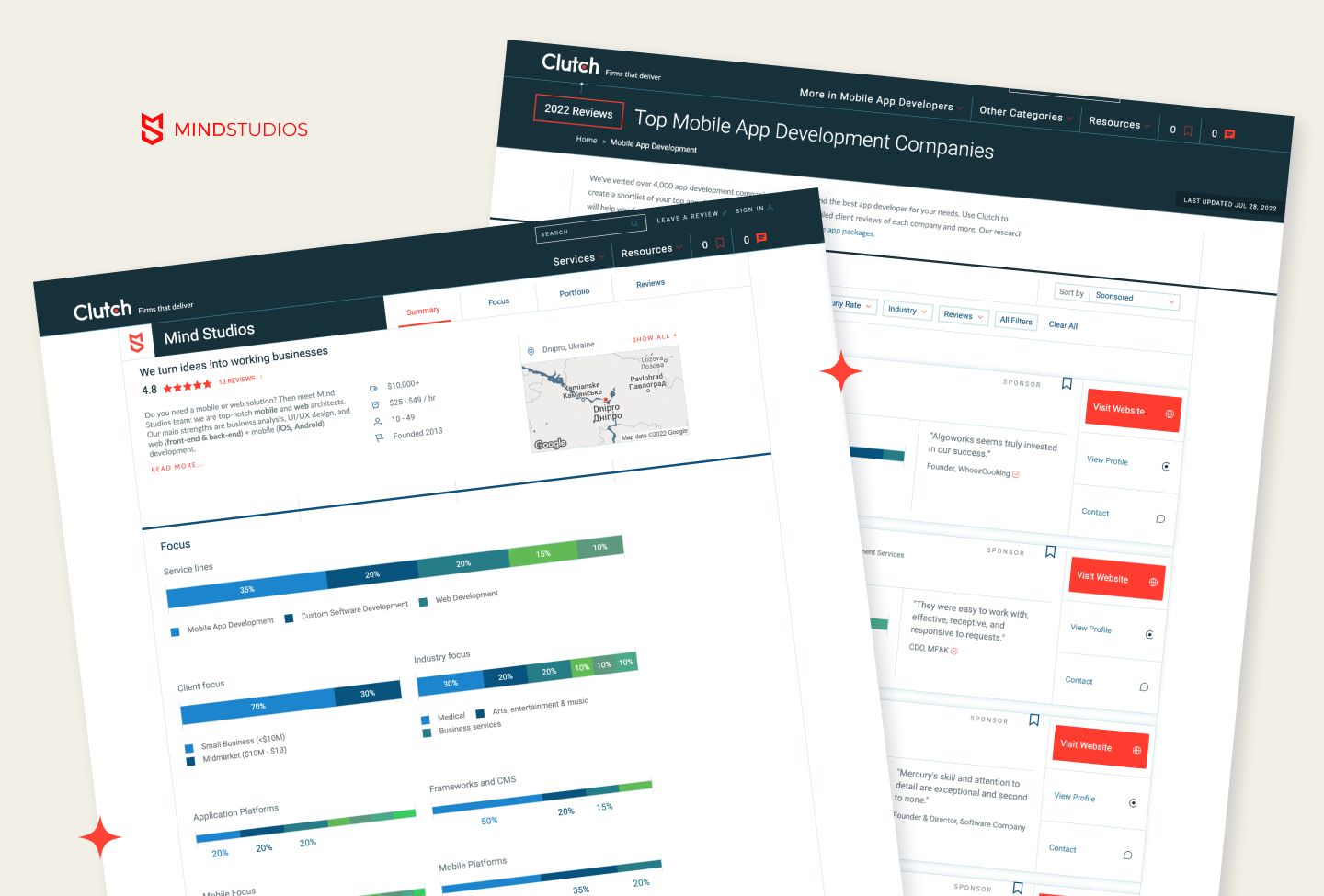
In any case, there are three criteria we recommend paying extra attention to when choosing a team to make a social audio app. While looking up development companies on Clutch or GoodFirms and interviewing the ones that end up on your short list, check the team’s:
- Level of expertise and credibility
Checking this is not that resource-intensive but will totally pay off in the long run. To make sure the company is trustworthy, read the reviews on Clutch, and check out the case studies (and try downloading the apps to see if they are active). You can also contact previous clients of the company and ask for their honest feedback of the cooperation. If you have any questions left afterward, feel free to ask them during the interview with company representatives.
One more crucial thing is signing a contract. The company might seem great in theory, but you have to protect your investments by making everything official. A reliable partner will have nothing against signing such documents as an NDA. - Experience with handling challenges
Building any kind of social media application comes with a lot of challenges. For Clubhouse, those included problems with security, well-timed launches of necessary features, and even accusations of creating a toxic environment due to poor moderation. So, if you decide to build an audio-based social media app, make sure you hire a team that has relevant experience and can quickly fix (or predict and avoid) any screw-ups that may appear along the way. - Approach to the research stage
One of the most important lessons to learn from the Clubhouse case is that hiring a team with excellent tech skills might not be enough. To not let the app die off before it even becomes a hit, it’s crucial to conduct extensive research. This includes studying the real long-term needs of the target audience, examining the competitors, and finding the gaps that your app can fill.
Throughout all 9 years of developing mobile apps, Mind Studios’ team has been striving to bring something new to the table, even if the app idea was based on the existing platform. We strongly believe that there is no digital product that cannot be perfected to fit the audience’s needs better. That’s why the discovery stage is priority number one in our development process.
If you are wondering how to develop an app like Clubhouse while at the same time making it original — book a free consultation with us and discuss possible ways to implement your idea.
Conclusion
The long pandemic set off the need for live communication, which resulted in an audio-based social media trend. Now, drop-in audio chats are an integral part of most popular social media platforms, such as Twitter, Facebook, and even Reddit. However, Clubhouse, the main trendsetter and one of the few platforms based on audio chat feature only, hasn’t completely lived up to the expectations of its target audience.
Still, the drop-in audio chat feature lives on, fulfilling the need that podcasts can’t. Audio-based social media perfectly translate the feeling of belonging or participating — and that is exactly why such an app is worth investing in.
Having experience with both communication apps and streaming platforms, Mind Studios knows how to develop a drop-in audio chat like Clubhouse. Learning from the platforms’ mistakes and our own experience, we can create something that remotely resembles Clubhouse — yet is still exceptional and fits the audience’s needs perfectly.
Contact us, and our business development team will answer any of your questions regarding social audio app creation.

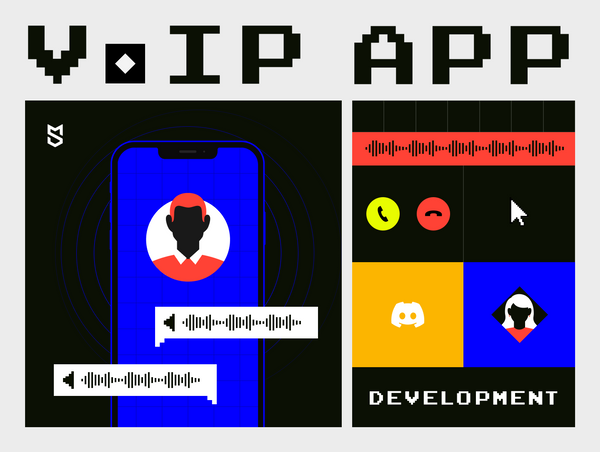
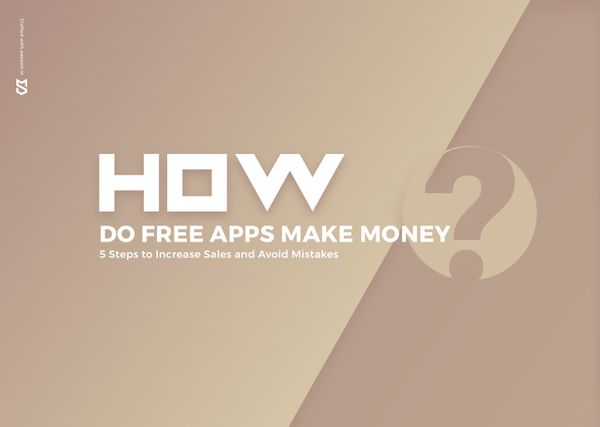
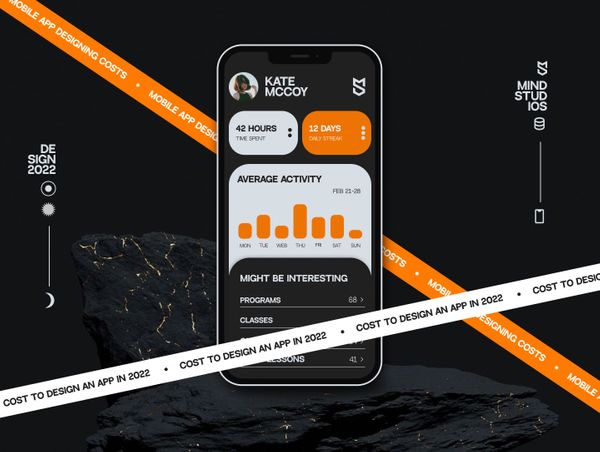
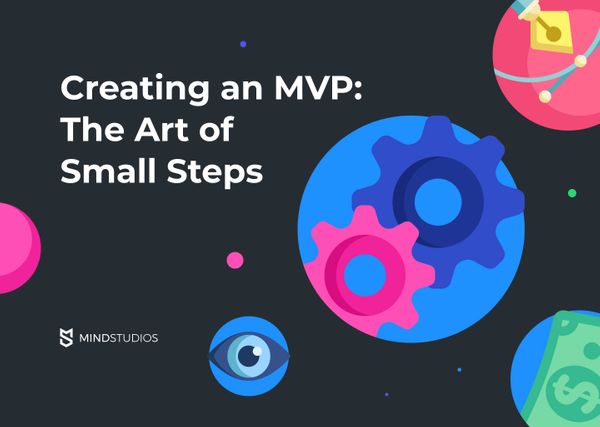
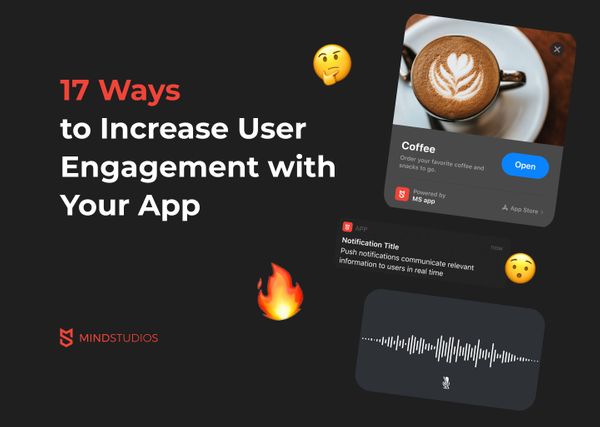
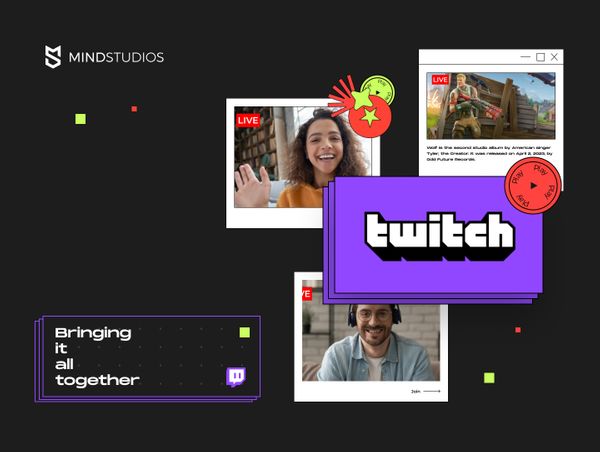
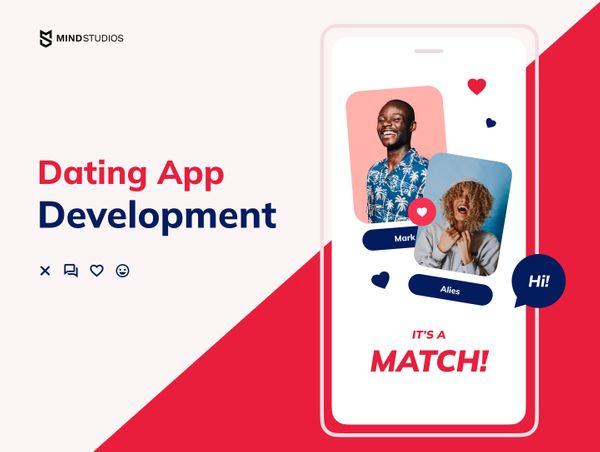
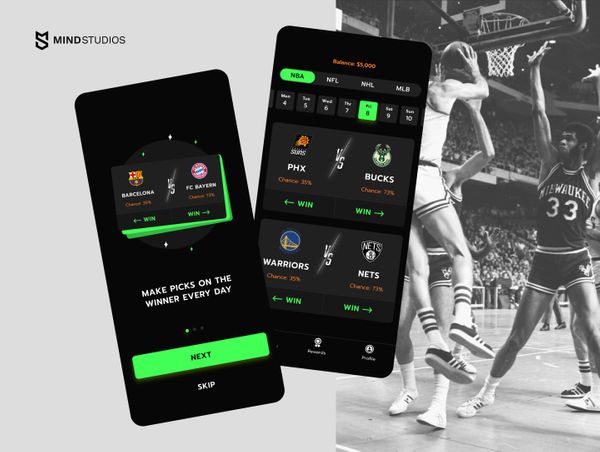
![How to Create an Photo Sharing App like Instagram [Guide 2024]](https://themindstudios.com/blog/content/images/size/w600/2022/08/01.-Cover--18-.jpg)

